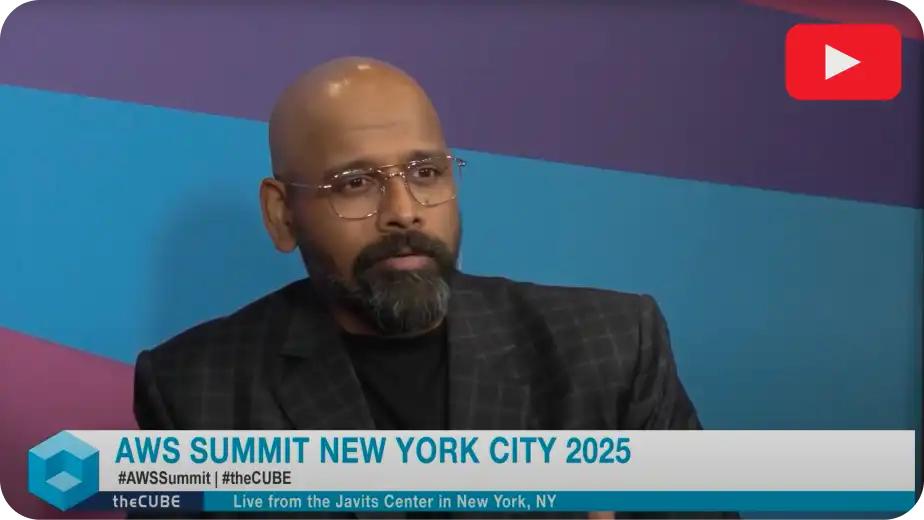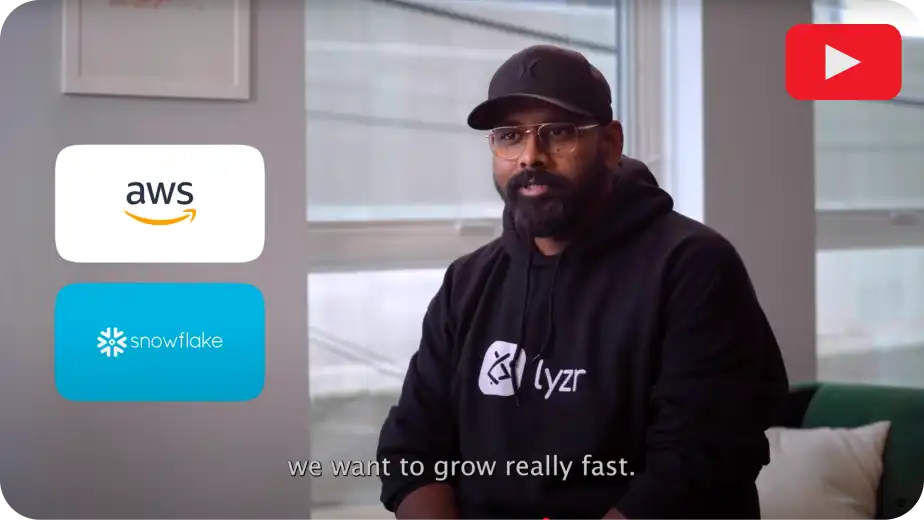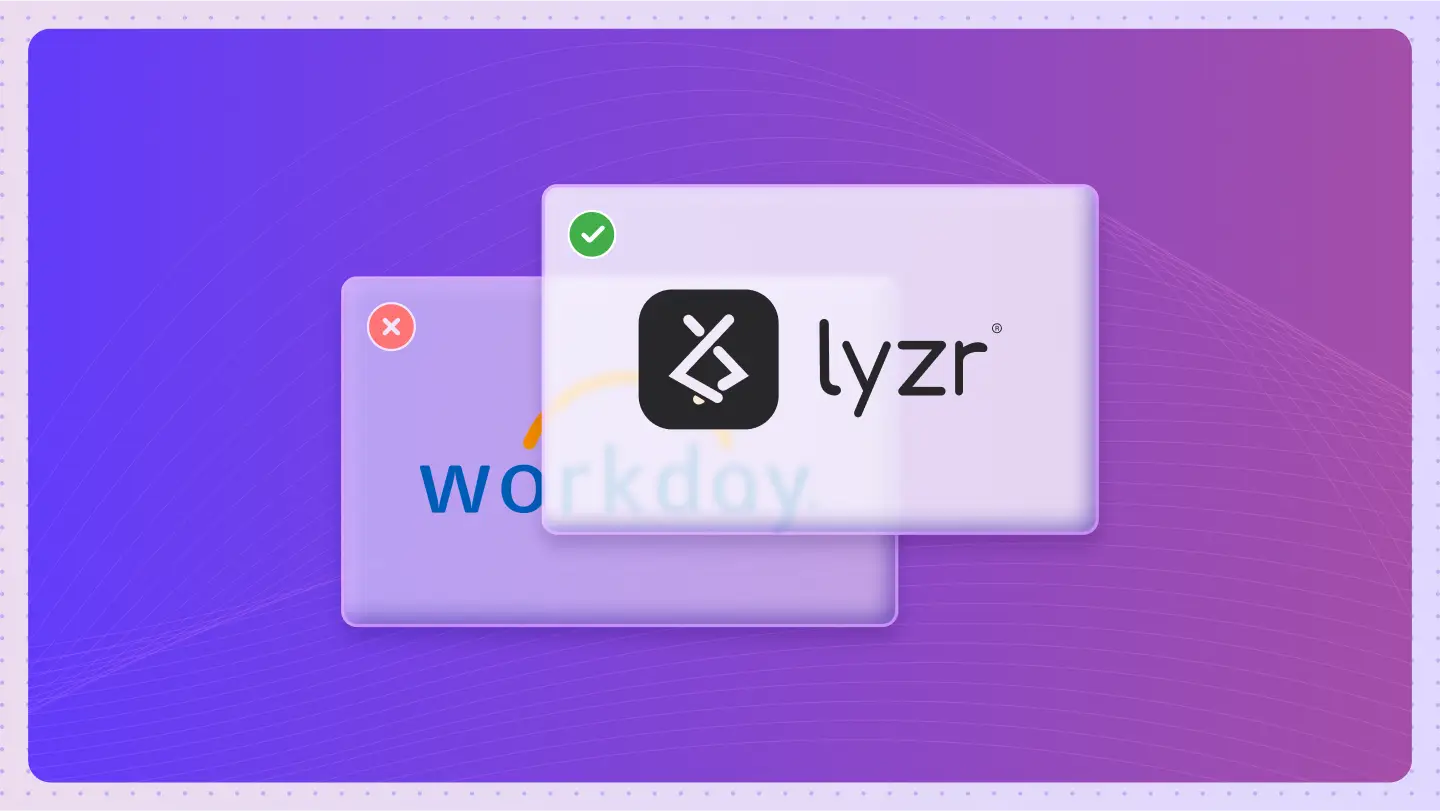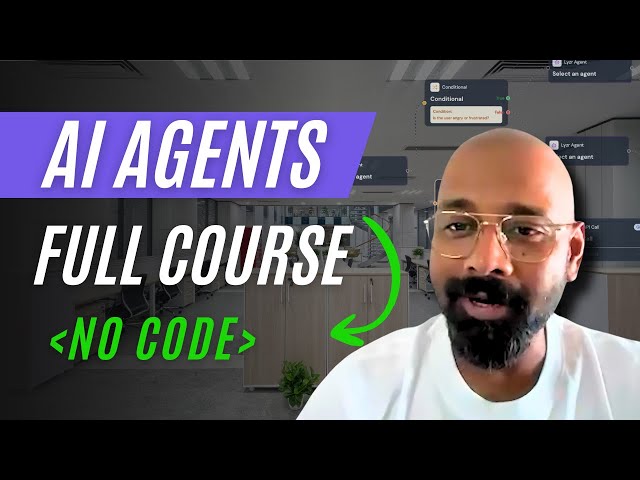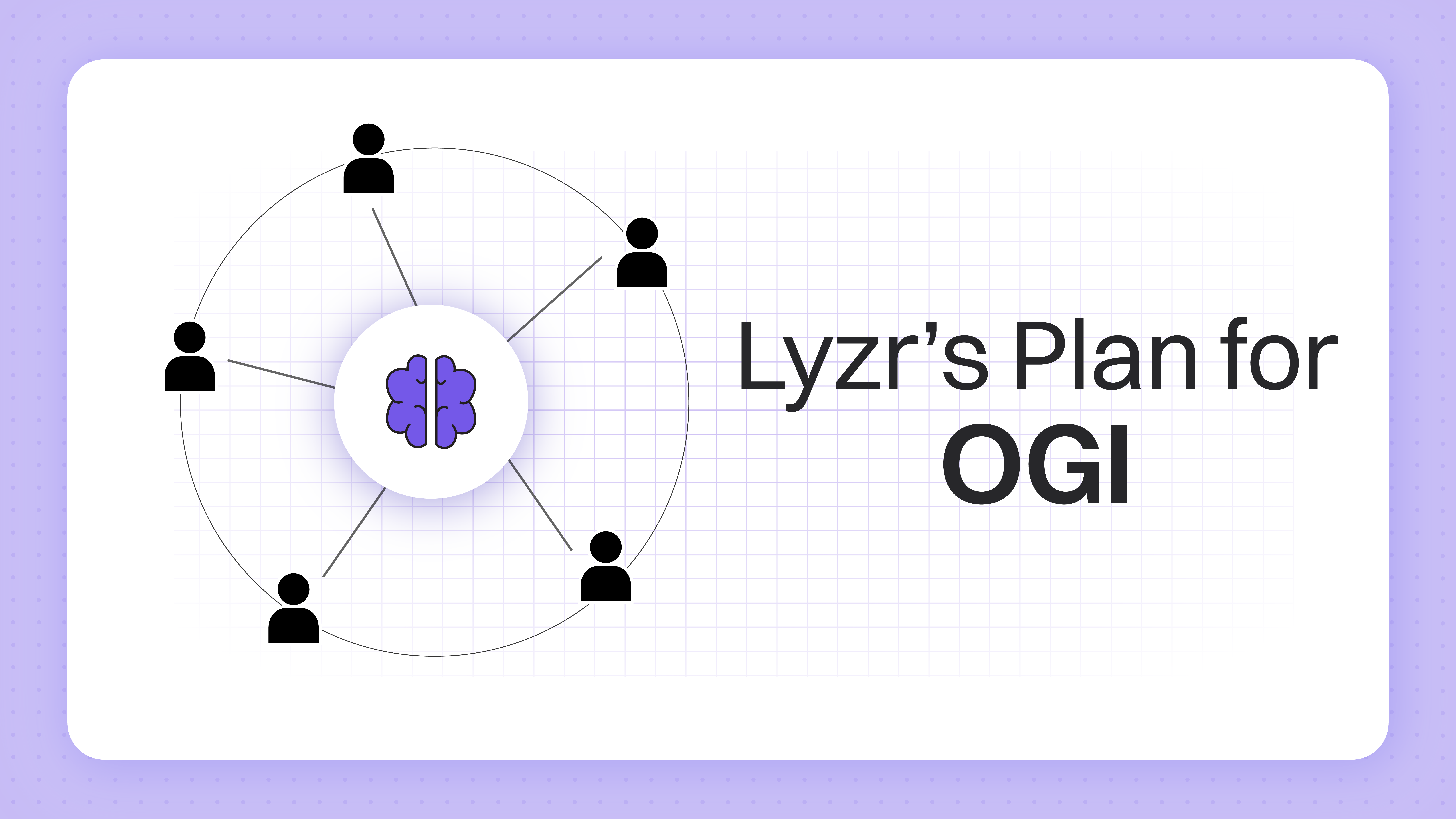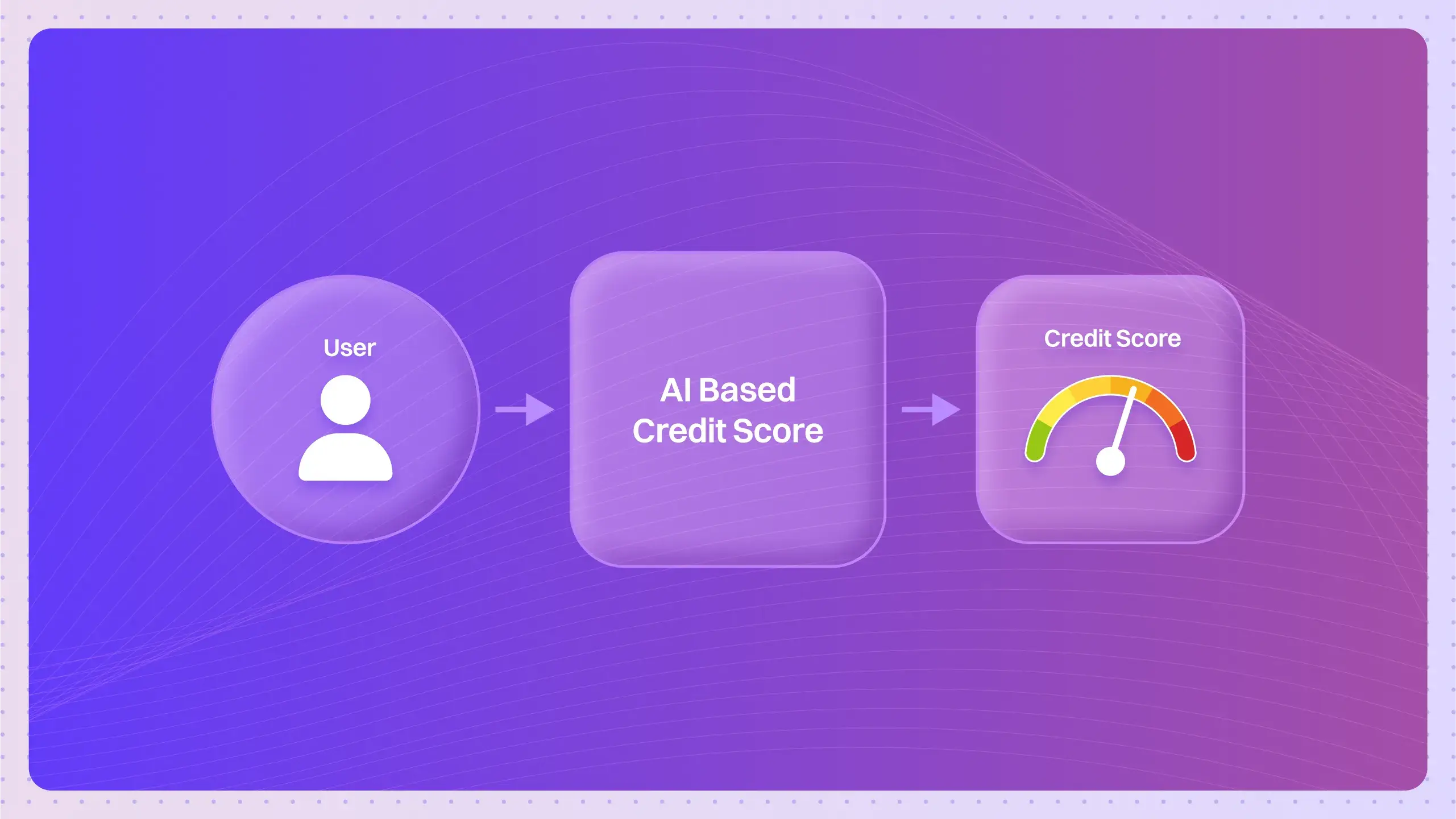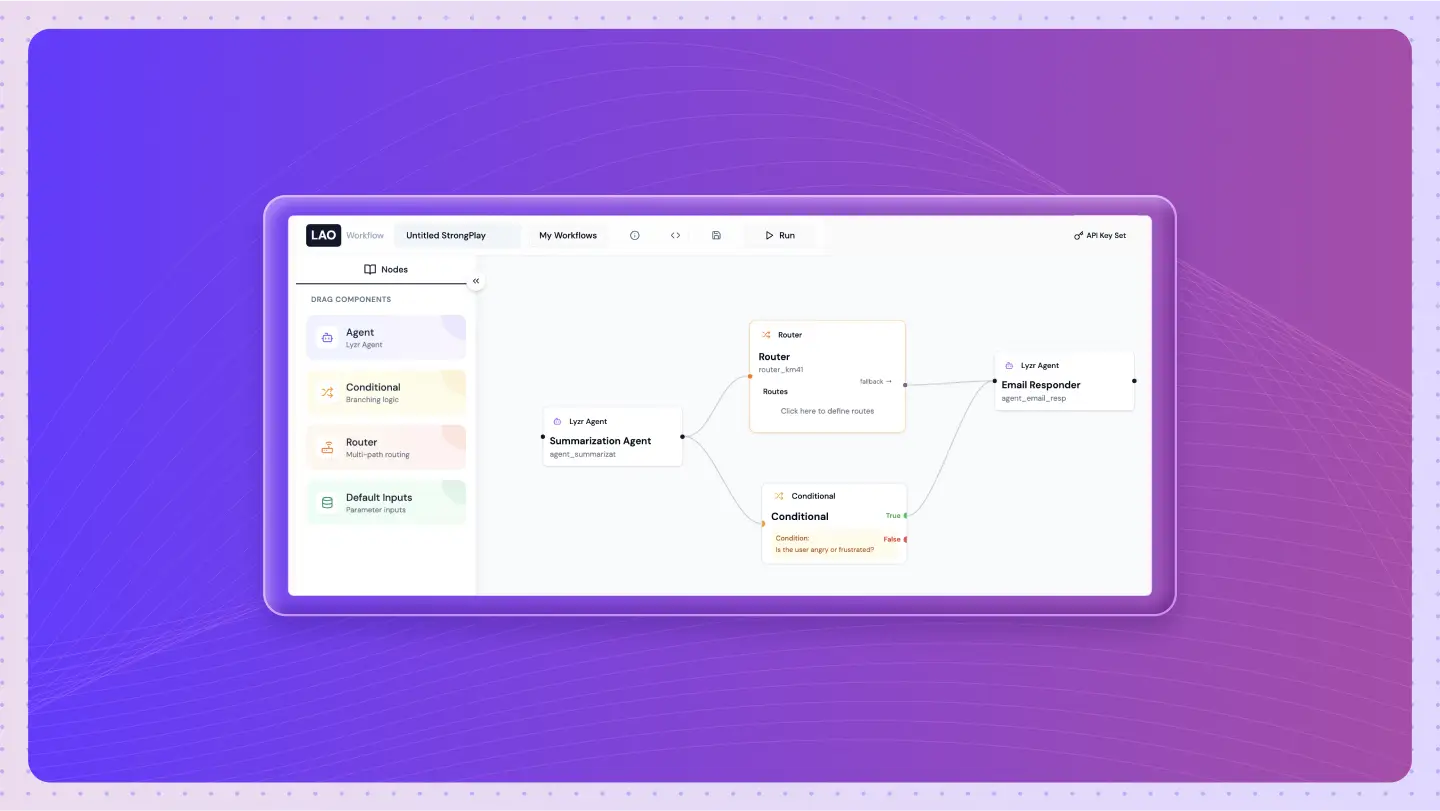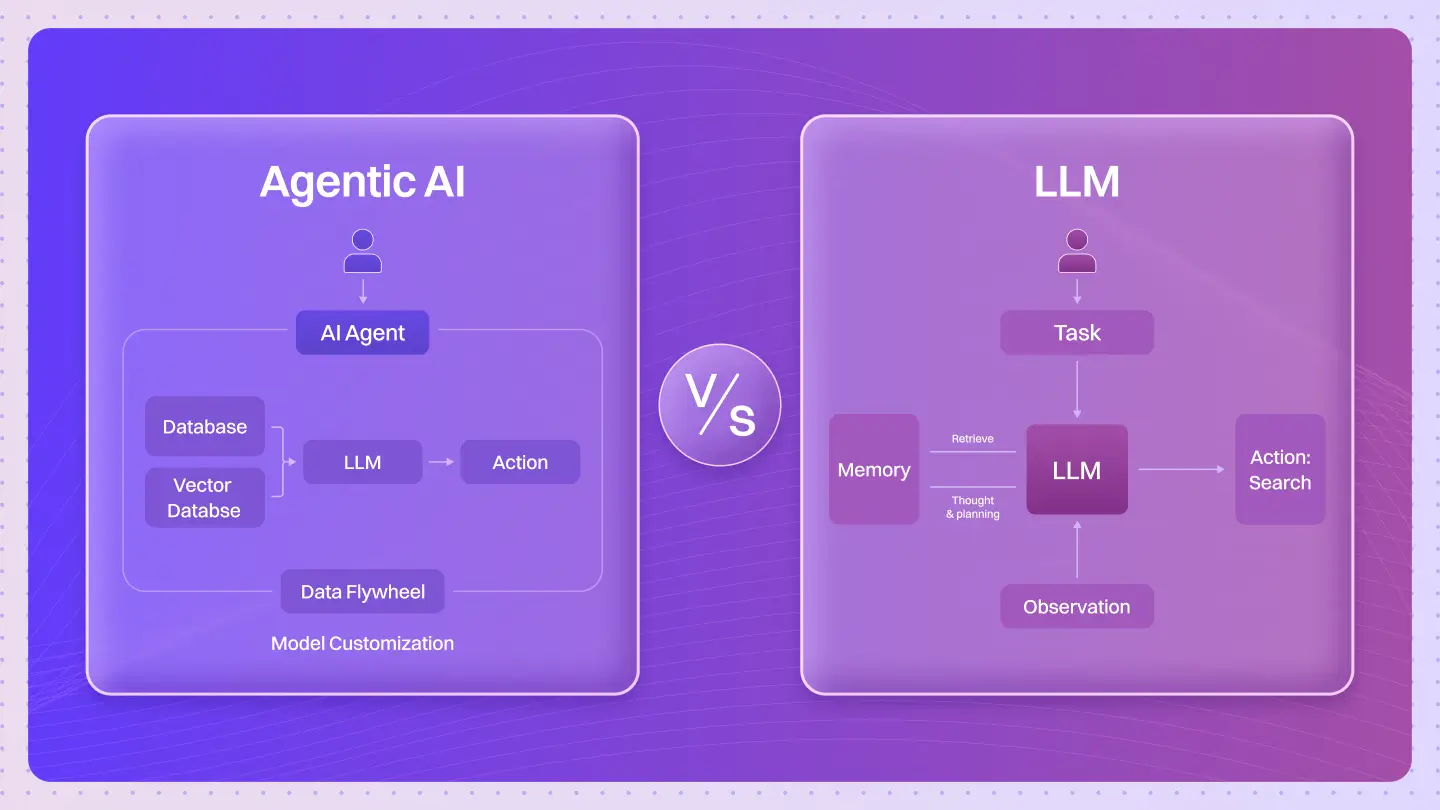Table of Contents
Toggle
In today’s business landscape, AI tools are everywhere. We use them to write emails, analyze data, and manage customer service. But often, these powerful tools operate in silos, creating disconnected islands of intelligence. What if you could weave them together, creating a single, unified intelligence that learns and grows with your entire organization?
“Task-specific Agents” collaborate to automate extensive workflows, forming what is known as a “Role Agent”. These role agents collectively create a structure called as “AgentMesh.” Central to this structure is an AI-generated data layer to which each agent can contribute and extract information. Over time, this data layer evolves into what we term the “Organizational General Intelligence” (OGI). Let’s delve deeper into this concept.
What is a Lyzr Agent: The Fundamental Building Block of OGI?

Think of a Lyzr Agent as a specialized AI worker. Each one is a fully-developed, autonomous agent designed to learn and improve over time. Equipped with both short-term and long-term memory, these agents are the versatile foundation for automating any task a large language model (LLM) can handle.
But what does this look like in practice? Lyzr Agents are a suite of powerful tools you can deploy for specific business needs:
- For understanding and interacting with information: You can build a Chat agent to hold natural conversations about your internal documents, a Search agent to find precise answers with citations, or a QA agent to get just the key facts. You can even create bespoke applications with advanced Retrieval-Augmented Generation (RAG).
- For data intelligence: Deploy agents for powerful Data Analysis, allowing them to perform Python-based analysis from simple text commands. You can also use a Text-to-SQL agent to explore your databases using plain English, no coding required.
- For content automation: Use a Generator agent to craft everything from marketing emails to entire blog posts, or assign a Summarizer agent to condense long meeting notes and articles into essential takeaways. For real-time interaction, you can even activate Voice capabilities for live conversations.
Each of these agent types serves as a powerful building block for larger, more complex automation. You can start building your first one right now at Lyzr AI Studio.
From Single Agents to Role Agents: Automating Complex Workflows
When it comes to automating intricate tasks or workflows, merely inputting all instructions into a single agent prompt does not suffice for an optimal experience. A more effective approach involves segmenting the tasks among a group of agents, each specialized in different aspects of the workflow.
Consider the example of a role agent designed to automate the functions of a digital marketer. This role involves a group of agents collaborating to tackle a multifaceted task that encompasses research, blog composition, blog review, and social media post generation, among others.
Relying on a single prompt for an agent to manage such diverse responsibilities is not the most productive method for leveraging large language models. Instead, distributing the tasks among dedicated agents ensures each segment of the workflow is handled with precision and efficiency.
To see a practical example of a multi-agent workflow, explore our detailed Sales Playbook, which breaks down how specialized agents collaborate to automate an entire sales development process.

Let’s break down the type of agents used in the above workflow.
- Research Agent – Generator Agent
- Blog Post Composer – Generator Agent
- Social Media Agents – Generator Agent
You can additionally add Chat Agents or Search Agents to the workflow to improve the functionality.
Introducing AgentMesh: The Key to Interoperability and Shared Intelligence
As organizations increasingly adopt role agents to automate their business processes and workflows, the potential for interoperability among these agents grows. This interoperability facilitates the sharing of data between role agents, giving rise to what is known as the AgentMesh architecture. The AgentMesh framework does more than just enable agents to exchange information; it also allows them to access and utilize AI-generated data from each other.
This architecture enhances the efficiency and effectiveness of automated processes, as each agent can leverage collective intelligence and insights, thus optimizing the overall business operations.
For a deeper technical dive into how AgentMesh enables agents to communicate and collaborate, check out this detailed session from our team.

The End Goal: What is Organizational General Intelligence (OGI) in AI?
The AgentMesh architecture perpetually enriches the foundational data layer with newly generated AI data, thereby creating what is termed as the ‘general intelligence’ layer for the organization. This layer is distinct from traditional data storage methods such as data warehouses and data lakes, which typically house application-generated and user generated data. AI-generated data, however, constitutes a different category that, when mixed with other data types, can lead to issues of data reliability. Consequently, it becomes essential to maintain AI-generated data in a separate data repository.
This AI-generated general intelligence layer is expanding rapidly, enabling new agents to access pertinent data and become operational almost instantaneously. Moreover, as the reasoning capabilities of large language models (LLMs) enhance, the aggregate general
intelligence of the organization becomes increasingly valuable. Enhanced data access leads to superior reasoning and decision-making capabilities across the board.
To visualize how Lyzr’s agent architecture contributes to a central, evolving intelligence for your entire organization, watch this short video on our vision for Organizational General Intelligence (OGI).
Conclusion
Ready to move beyond isolated AI tools and start building true, integrated intelligence within your organization? Discover how Lyzr’s blueprint for Organizational General Intelligence (OGI) can transform your business processes from the ground up. Book a personalized demo with our team today and take the first step toward building your company’s intelligent future.
Frequently Asked Questions
1. What exactly is Organizational General Intelligence (OGI)?
Organizational General Intelligence, or OGI, is an advanced AI paradigm where a network of specialized AI agents collaborates and shares information through a dedicated, AI-generated data layer. Unlike traditional data warehouses that store static information, this OGI layer evolves with each completed task, creating a collective, self-improving intelligence that enhances decision-making and automates complex processes across an entire organization. It represents a strategic shift from using isolated AI tools to fostering an integrated and intelligent ecosystem.
2. How does Lyzr’s organisational blueprint help achieve OGI?
Lyzr’s blueprint establishes a clear, scalable path to OGI by starting with fundamental task-specific AI agents. These are then grouped into ‘Role Agents’ to handle entire workflows, and finally interconnected through an ‘AgentMesh’ architecture. This mesh is the key that facilitates the exchange of AI-generated data, which progressively builds the OGI layer over time. This structured approach is central to the Lyzr company’s vision for making enterprise AI both powerful and practical.
3. What is the main difference between an AgentMesh and a traditional data lake?
An AgentMesh differs fundamentally from a traditional data lake or warehouse in its purpose and the type of data it manages. While data lakes store vast amounts of raw user and application data, an AgentMesh is designed specifically to create, manage, and grow a layer of AI-generated intelligence. This separation is crucial for maintaining data reliability and allows new AI agents to instantly access a rich, relevant, and constantly expanding repository of collective knowledge.
4. Is achieving OGI part of the Lyzr AI product roadmap?
Yes, enabling businesses to build their own Organizational General Intelligence is the core vision that drives the Lyzr AI product roadmap. The continuous development of more capable Lyzr Agents, the simplification of creating Role Agents, and the refinement of the overarching AgentMesh architecture are all strategic components of this goal. The roadmap is focused on enhancing agent interoperability and making the creation of this powerful intelligent layer more intuitive for all users.
5. How can a business begin its journey toward building OGI?
A business can start its journey toward OGI by identifying high-volume, repetitive tasks and automating them with individual, task-specific agents. As the organization gains confidence, these agents can be combined to automate entire job functions or workflows. To accelerate this process, leveraging a framework like Lyzr is highly effective, as it provides the pre-built tools necessary to build, connect, and scale these agents into a cohesive AgentMesh without requiring a dedicated team of AI experts.
Book A Demo: Click Here
Join our Slack: Click Here
Link to our GitHub: Click Here

